In an effort to increase the growth rate of connected RIPE Atlas probes and achieve better coverage across the globe, our Measurements Community Building team is experimenting with new outreach methods.
Background
RIPE Atlas is the largest open active Internet measurement network, with more than 8,000 active probes at any given time and 20,000 registered users over the five years since its conception.
However, we have noticed that the growth of newly connected RIPE Atlas probes has slowed over the past six months.
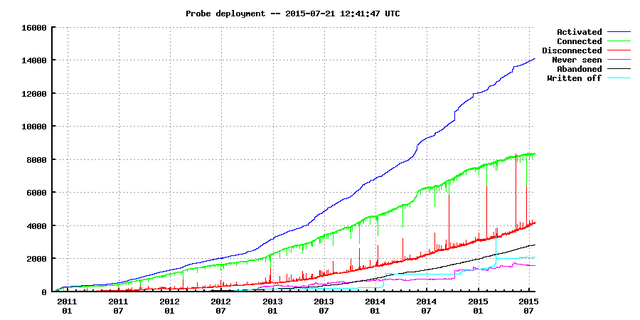
In order to make the network even more useful, we need to ensure its constant growth so that we cover the widest geographical and topological area possible.
Goals for 2015
As announced in the RIPE NCC Technical Services Update 2015 , our plan is to reach 10,000 active probes by the end of 2015. At the current activation rate, we now estimate it will take longer to reach that goal. In the meantime, the Internet and the number of active ASNs continues to grow steadily.
In addition, our current probe distribution model heavily favours our service region, particularly across Europe. This is mainly because the majority of our outreach opportunities, such as distributing probes at regional conferences, training courses and other industry events, are in the RIPE NCC service region.
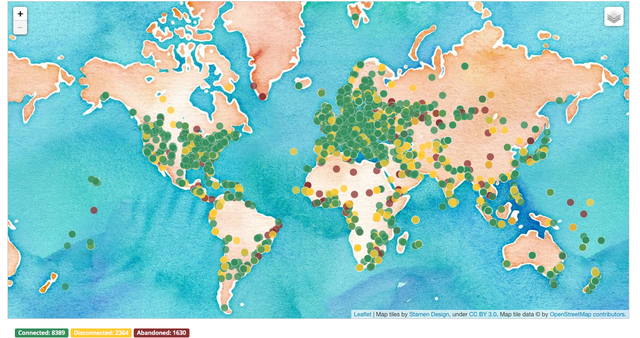
Despite this, our outreach efforts in other parts of the world have been numerous:
- Cooperating with our fellow RIRs ( AFRINIC , LACNIC , APNIC and ARIN) to approach their members
- Signing memoranda of understanding (MoUs) with RIRs regarding a joint effort to reach their communities
- Enlisting the help of ambassadors all over the world who help distribute probes to remote locations and at various conferences
As described in RIPE Labs post about changes to our distribution model last year, we want to ensure that the remaining available probes cover the widest possible geographical areas and ASNs and we’ve been limiting the distribution of probes in Europe.
Increasing outreach
Our calculations suggest that our schedule for achieving the ambitious goal of reaching 10,000 active probes and increasing the diversity of locations is challenged. We therefore believe it’s time to experiment with alternative engagement techniques.
We plan to run a trial this month by advertising on social media platforms Facebook and LinkedIn, as well as on Google, to target potential hosts in other parts of the world who are most likely to install a RIPE Atlas probe and keep it connected. This trial will be funded through RIPE Atlas sponsorship revenues.

We’ll closely monitor the effect these trials have in terms of probe activation and evaluate success rates to determine whether this method of engagement is a viable tool in future distribution strategies. We will of course report our findings to the community.
Alternative suggestions
While we test this new approach, we also encourage the community to suggest other creative approaches. We welcome all input.
You can find out where probes are needed by:
- Comparing the density of probe coverage between countries
- Comparing population density with the distribution of RIPE Atlas probes
- Looking at the networks with the most users
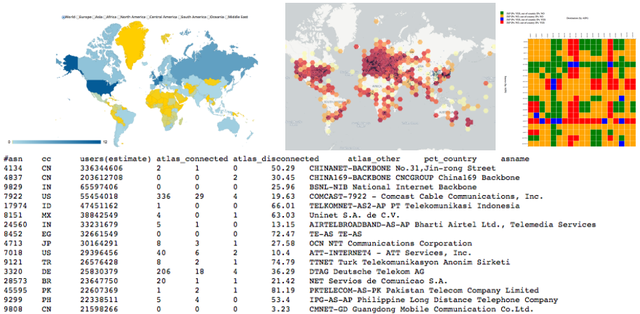
Various probes-per-country data
We look to partner with organisations that can help us reach communities we’re missing in our network reach. Local ISOC chapters, hackerspaces, consumer associations, IXPs that want to give probes to their members, etc. are examples of potential partners.
People in these organisations can become "ambassadors" who help us distribute probes, or "sponsors" who financially support the project. Learn more about
the different ways to get involved
.
If you have suggestions on increasing our RIPE Atlas coverage or think you can help us in establishing probe hosts in under-represented regions, please contact us ! We would love to hear from you.

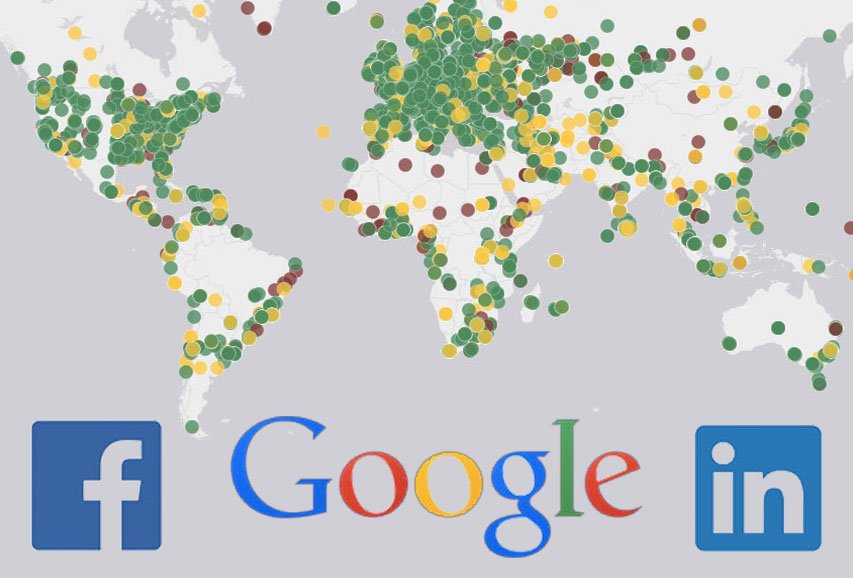
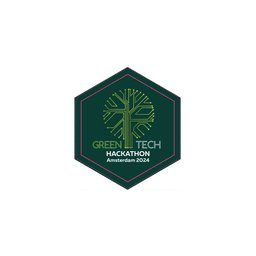

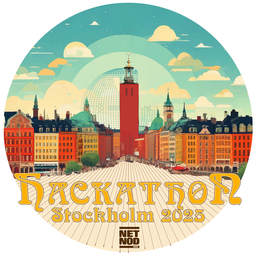
Comments 2
The comments section is closed for articles published more than a year ago. If you'd like to inform us of any issues, please contact us.
Dusan Vuckovic •
Hi, I'm just curious if probe's hardware is modified in such way (in relation to TP Link's base) that is impossible to make it a software appliance ? The one that could be downloaded. OpenWRT plugin , or just a virtual machine. That way your reach could be significantly increased., at much faster rate. Maybe latency virtual infrastructure adds to measurements, these days can be predicted with more certainty . ty
Vesna Manojlovic •
Thank you for your comment. At the beginning of the project we decided to go for the hardware device solution. In the FAQ you can find the reasoning behind it. While we are still not going to deploy a pure software probe, there are some thoughts about the "virtual machine" implementation. We will publish a proposal about that soon, on RIPE Labs.